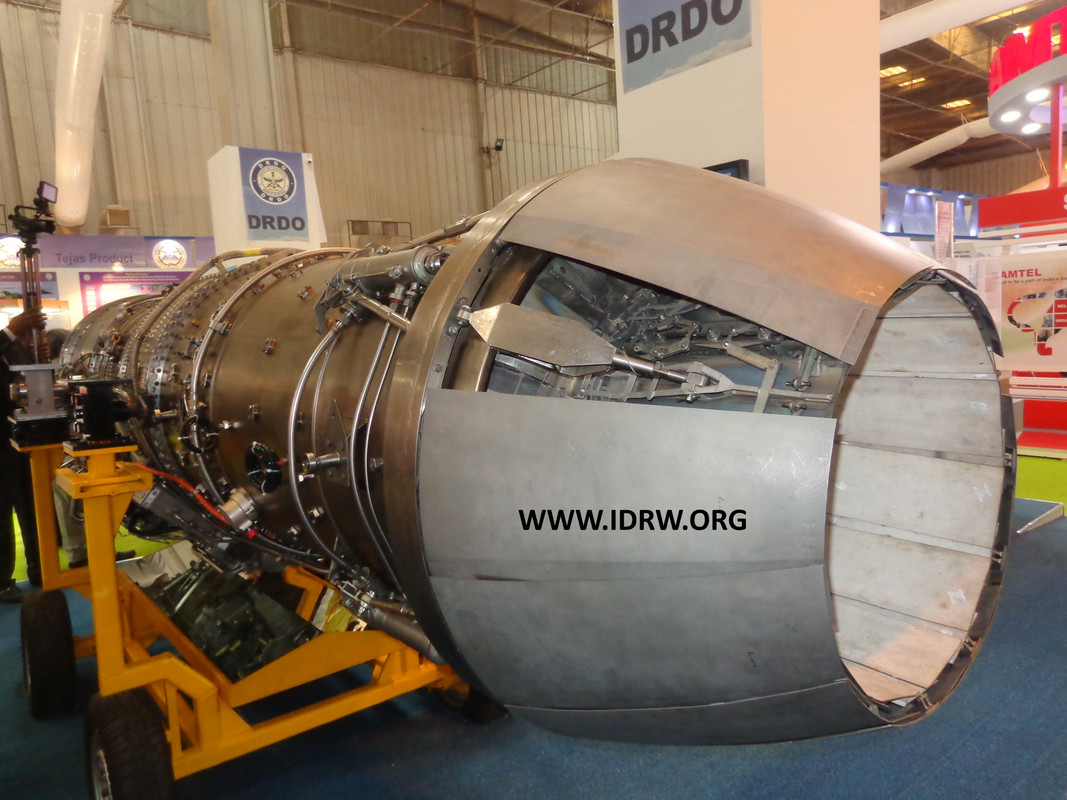SOURCE: RAUNAK KUNDE / NEWS BEAT / IDRW.ORG

The Defense Research and Development Organization (DRDO) is poised to usher in a new era in Indian aviation with its groundbreaking developments in the Kaveri engine project. With preparations underway for testing the DRY Kaveri engine and aiming for Initial Flight Release Certification later this year.
GTRE has commenced receiving newly built modules, marking the initial steps towards the production of the first newly built DRY Kaveri engine. GTRE has plans to develop a new DRY Kaveri engine, the current set of DRY Kaveri engines were older engines that were modified to be used as Technological demonstrators.
One of the key innovations driving the project forward is the development of a new afterburner, designed for testing on the LCA-Tejas Prototype. This critical phase aims to secure limited flight clearance, paving the way for subsequent stages of the program. GTRE’s strategic roadmap includes proposing the Ministry of Defence (MoD) for additional funding to officially restart the program, thereby ensuring its sustained momentum and progress.
The DRY Kaveri engine, equipped with a new afterburner, targets an impressive thrust output exceeding 80kN, positioning it as a viable replacement for the F-404 engine currently powering the LCA-Tejas MkIA. Notably, the Kaveri engine is engineered to meet Indian Standard Conditions, ensuring optimal performance even in hot and humid climates prevalent across the subcontinent.
A notable advantage of the Kaveri engine lies in its ability to maintain thrust levels under challenging operating conditions. Unlike the F-404 engine, which experiences a notable thrust reduction of nearly 10 per cent in hot and humid climates, the Kaveri engine remains resilient, delivering consistent performance even at maximum takeoff weights.
The incorporation of flat-rated characteristics further enhances the engine’s resilience to ambient temperature variations and high-speed flight conditions. With a demonstrated dry thrust capability exceeding 49kN, the DRY Kaveri engine showcases its robust performance potential in real-world scenarios.
Looking ahead, the DRY Kaveri engine holds promise beyond conventional fighter aircraft applications. Its integration into the upcoming Remotely Piloted Strike Vehicle (RPSV) underscores its versatility and adaptability for diverse mission requirements. The envisioned thrust output of 80-82kN, when coupled with an afterburner, positions the engine as a formidable powerplant for next-generation combat aircraft.
NOTE : Article cannot be reproduced without written permission of idrw.org in any form even for YouTube Videos to avoid Copy right strikes. Websites doing illegal reproductions will get DMCA and Legal Notices.